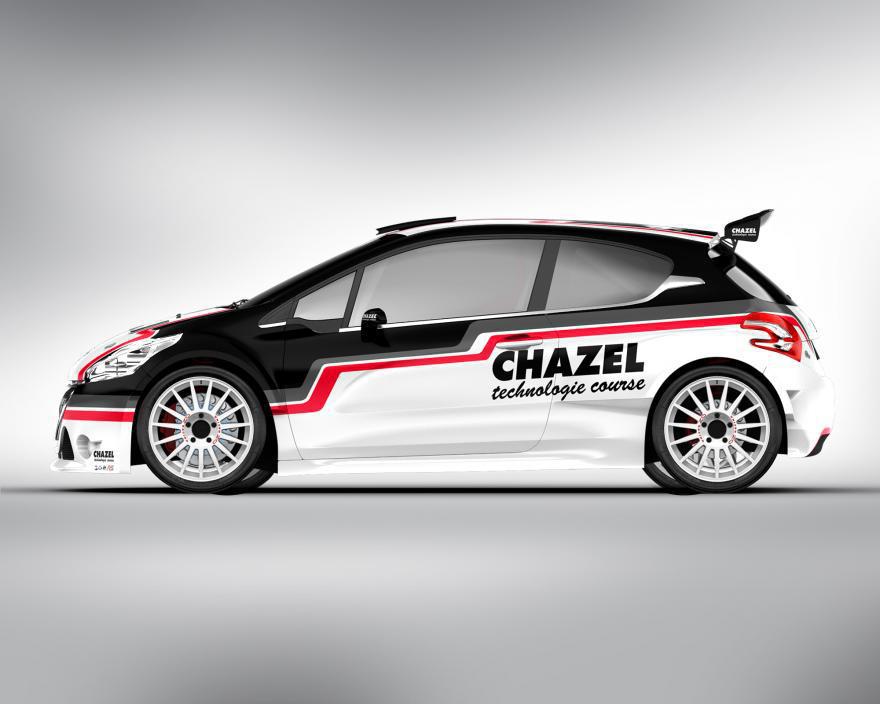Honda CR-Z Review
Much like the iconic Honda CRX that predates it by two decades, the Honda CR-Z attempts to blend fuel efficiency with fun-to-drive dynamics. This time around, Honda makes use of a hybrid powertrain to motivate this sporty-looking two-seater.
When it comes to acceleration and treating, the CR-Z is a far sob from being considered a sports car, but it’s certainly livelier than the typical hybrid or economy car. On the entire, the Honda CR-Z represents a compromise inbetween eco-friendly fuel consumption and everyday driving excitement. However, that compromise results in the CR-Z not indeed excelling in either category. Many contesting non-hybrid subcompact cars suggest similar efficiency and joy along with greater practicality, more features and higher refinement.
The Honda CR-Z is suggested in two trim levels: base and EX. The base model features alloy wheels, automatic climate control, utter power accessories, cruise control, Bluetooth and an audio system with USB/auxiliary audio jacks. The EX adds xenon headlights, foglights, heated side mirrors and a premium audio system. A voice-activated navigation system is optional on the EX. Other options include 17-inch wheels, spectacle tires and satellite radio.
Powering the Honda CR-Z is a hybrid system consisting of a 1.5-liter four-cylinder gas engine and an electrified motor that is fed by a nickel-metal hydride battery pack. Maximum combined output is one hundred thirty horsepower and one hundred forty pound-feet of torque. A six-speed manual transmission is standard and a continuously variable transmission (CVT) with shift paddles is optional (albeit torque is diminished to one hundred twenty three lb-ft in this configuration). Fuel economy comes in at an EPA-estimated thirty four mpg for the manual transmission model in combined city/highway miles, while the CVT ups that figure to thirty seven mpg.
Highlights for the CR-Z include its diminutive size, quick steering, customizable driving modes and sporty looks. The CR-Z’s potential liability is ironically the source of its singular appeal, which is the lack of a rear seat. Honda instead has installed a pair of plastic cargo bins behind the seats, albeit they’re rather difficult to access. The trunk divider can be folded plane to cover these bins, which increases cargo capacity to twenty five cubic feet. The interior is handsomely designed, but the liberal use of hard plastics gives the cabin an entry-level feel. Poor rearward visibility and excessive road noise are also drawbacks.
The CR-Z debuted for the two thousand eleven model year. Prior to 2013, its hybrid powertrain produced one hundred twenty two hp and one hundred twenty eight lb-ft of torque, making it even less performance-oriented than it presently is. Fuel economy remains unchanged, however. These very first two model years had slightly different styling and fewer standard features. For example, Bluetooth could only be had on an EX.
If you are looking for older years, visit our used Honda CR-Z page.
